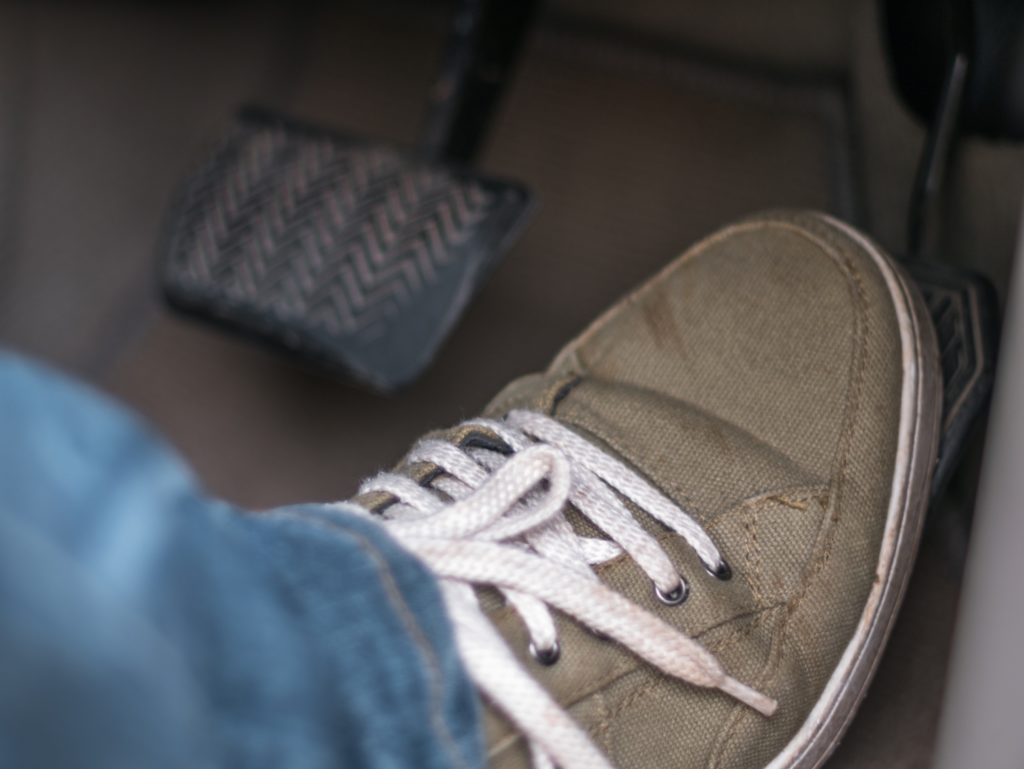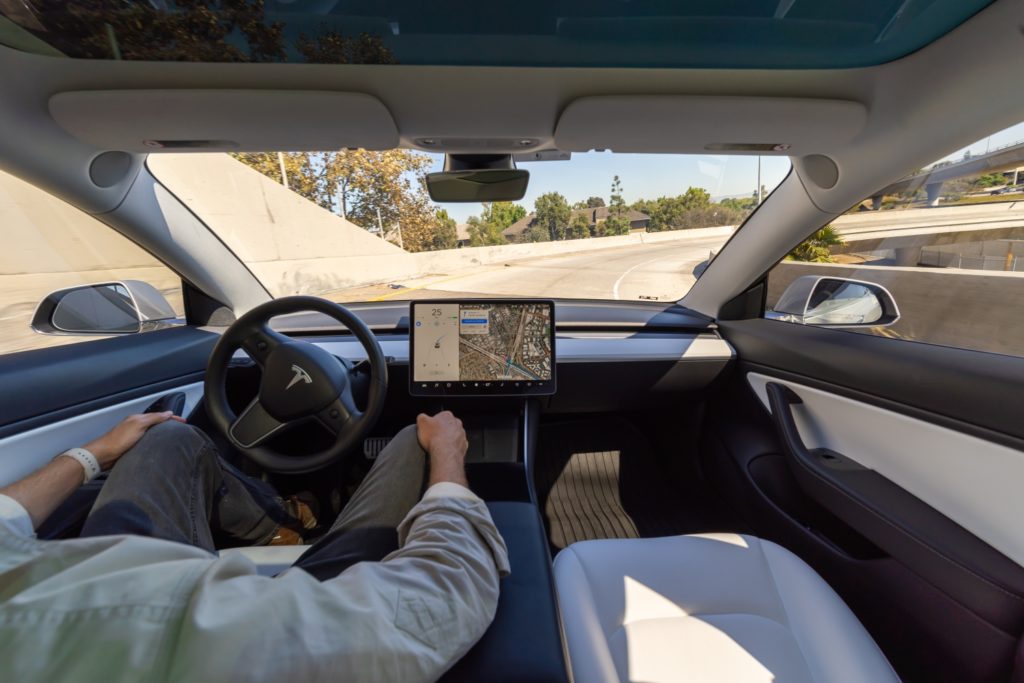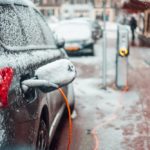Many plug-in hybrid electric vehicles (PHEV) and electric vehicles (EVs) have a feature that makes the use of a brake pedal unnecessary and allows you to use just one pedal to drive. How does it work? Read on to find out.

What Is One-Pedal Driving?
One-pedal driving, as the name suggests, is driving your vehicle with exclusively the throttle pedal. This is a feature available in many PHEVs EVs. They are able to do this thanks to regenerative braking, which is essentially the car using its excess momentum to recharge its batteries.
How Does One-Pedal Driving Work?
During deceleration, the car keeps the wheels connected to the electric motor, slowing down the vehicle because of the motor’s resistance, and regenerating electricity in the process. The motors double as a generator, converting kinetic energy from the motion of the car into electrical energy that can be stored in the battery.

Regenerative braking slows the car down enough so that competent drivers can come to a standstill without needing to press on their car’s brake pedal. Using regenerative braking instead of the car’s conventional brakes allows the car to reuse much of its kinetic energy that would otherwise be lost. By reusing power, regenerative braking improves the car’s range on a single charge.
Keep in mind that regenerative braking will slow your car down based on how deeply or shallowly your foot presses the throttle. The intensity of deceleration with your foot completely off the throttle will be similar to applying 10-20% of your car’s typical brake pressure. That doesn’t sound like much but in most braking circumstances, that’s all you’re ever going to need.
You should also keep in mind that using regenerative braking will also turn on the vehicle’s brake lights, just like pressing on a conventional brake. Additionally, regenerative braking will only slow down the wheels attached to the electric motor, similar to how engine braking in manual transmission cars only slows down the driven wheels. Luckily, most EVs recognize whether the vehicle is losing traction because of loose or slippery surfaces and automatically engage the hydraulic brakes on all wheels to help you slow down.
How Efficient and Effective Is Regenerative Braking?
Efficiency refers to how well regenerative braking captures the energy that would otherwise be wasted from braking. Regenerative braking efficiency can vary between models, batteries, motors, and other external factors, but it’s estimated to be around 60-70%. This might sound substantial, but it doesn’t necessarily correlate to your total range increasing by the same percentage.
The question of effectiveness, on the other hand, is how much extra range regenerative braking can grant your vehicle if you turn the feature on in your EV. Regenerative braking is more effective in certain driving situations, like city driving, where brakes are used often because of intersections and traffic. Another example is when you’re driving down a mountain or a hill. Regenerative braking won’t be as effective, however, when driving on the highway, where braking is uncommon.

Emergency Braking
You should never rely on one-pedal driving in case of emergency. Always make use of your car’s conventional hydraulic brakes in emergency braking situations.
Tesla One-Pedal Driving
To drive a Tesla with just one pedal, you have to change its regenerative braking setting to Standard while at the same time, setting the stopping mode setting to Hold. This will make your car automatically slow down if you’re not pressing down on the throttle. Once you’ve come to a complete stop, it will automatically engage the brakes. This makes holding down the brake pedal while stopped completely unnecessary and lets you hover your foot on the throttle while idling.
One-pedal driving can take a bit of practice because the car automatically braking can be unfamiliar at first. Letting go of the throttle completely can slow the car down too abruptly for the driver, since letting go doesn’t correlate to coasting anymore. You should practice removing throttle pressure gradually to ease your car to a standstill. Once you’ve gotten used to how your car’s speed responds to easing the throttle, you’ll be able to brake as precisely as using a dedicated brake pedal.
A thin black bar will appear on the top of your Tesla’s screen to indicate that you’re accelerating. This bar widens in proportion to your throttle inputs and power consumption. When regenerative braking is used to slow the car down, a green bar appears in place of the black bar to represent how much power is being regenerated.
However, this feature has limitations. Since batteries need to reach a certain temperature to be able to properly charge, your car won’t have access to regenerative braking in colder temperatures (at least until your batteries warm up). Nor will it have access when the battery is still fully charged.
A Tesla Model S owner has reported that its regenerative braking system recaptured 32% of the car’s total energy use when driving up and back downhill. Most users have reported recapturing around 15-20% of total energy spent on normal trips. That’s not a lot, but if you think about it, if you’ve traveled a hundred miles, you’ll have an extra fifteen to twenty extra miles before you need to recharge.

Benefits of One-Pedal Driving
The benefits of one-pedal driving are abundantly clear. When used consistently, it can increase the range of an EV by 20% in a single charge. Additionally, since regenerative braking doesn’t make use of the car’s conventional hydraulic brakes, its brake discs, pads, and rotors will receive less wear and will last for a longer time.
Your right foot will also thank you since it won’t need to alternate between two pedals. The driving experience of driving with one pedal, alongside an EV’s quiet drive, is quite relaxing. Overall, one-pedal driving is much more relaxing once you’ve gotten used to it.
Any information provided on this Website is for informational purposes only and is not intended to replace consultation with a professional mechanic. The accuracy and timeliness of the information may change from the time of publication.

















